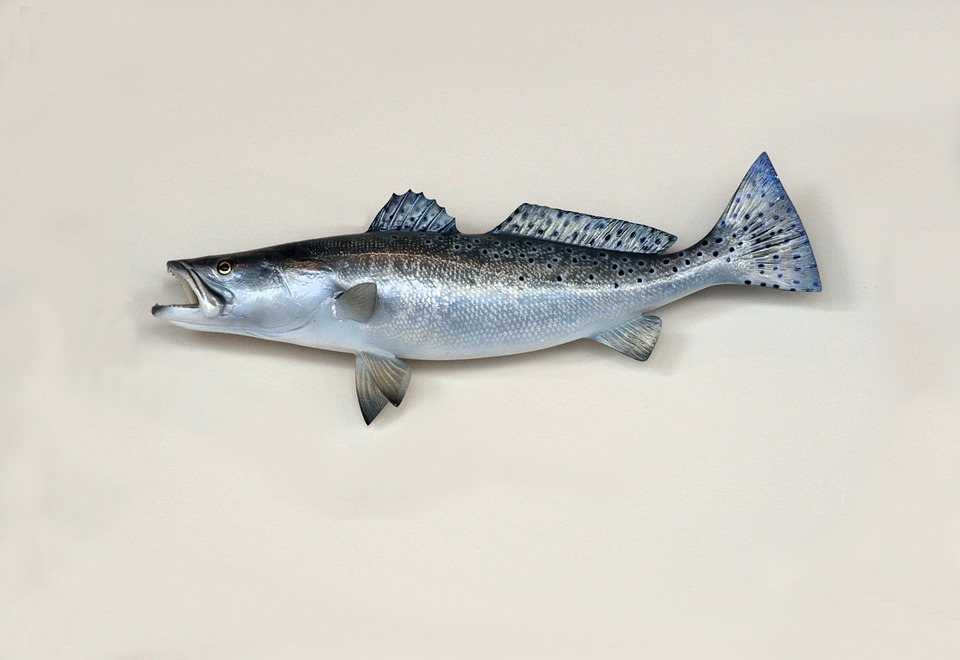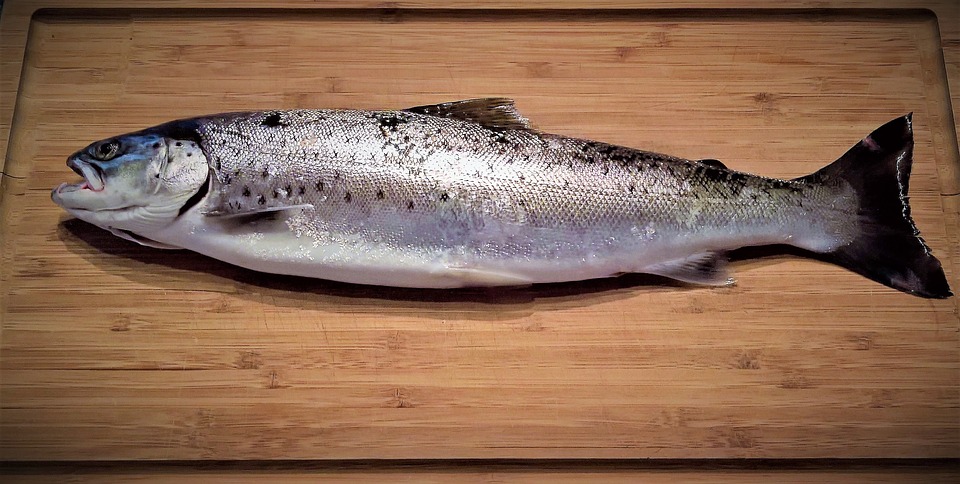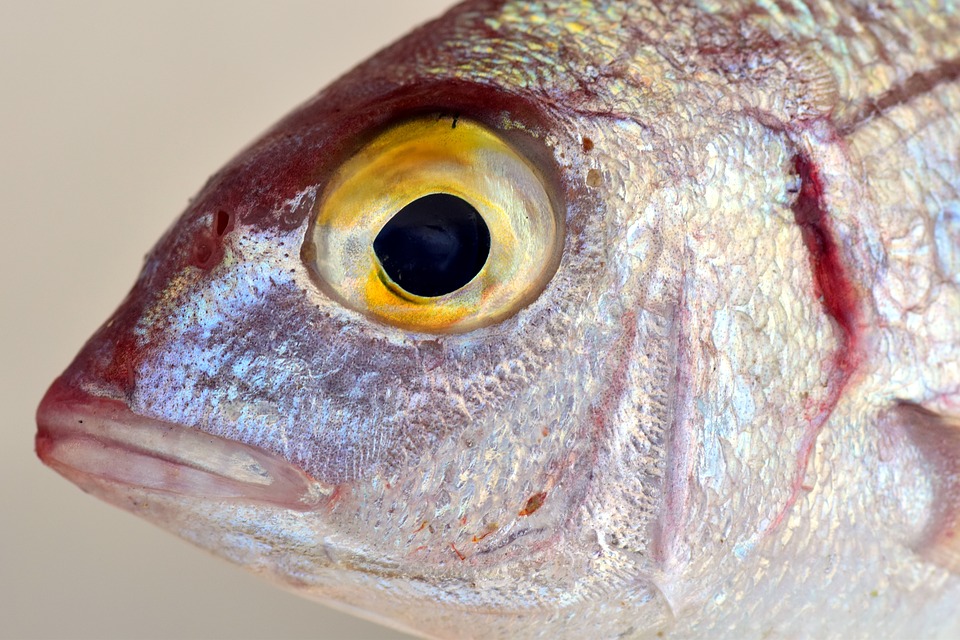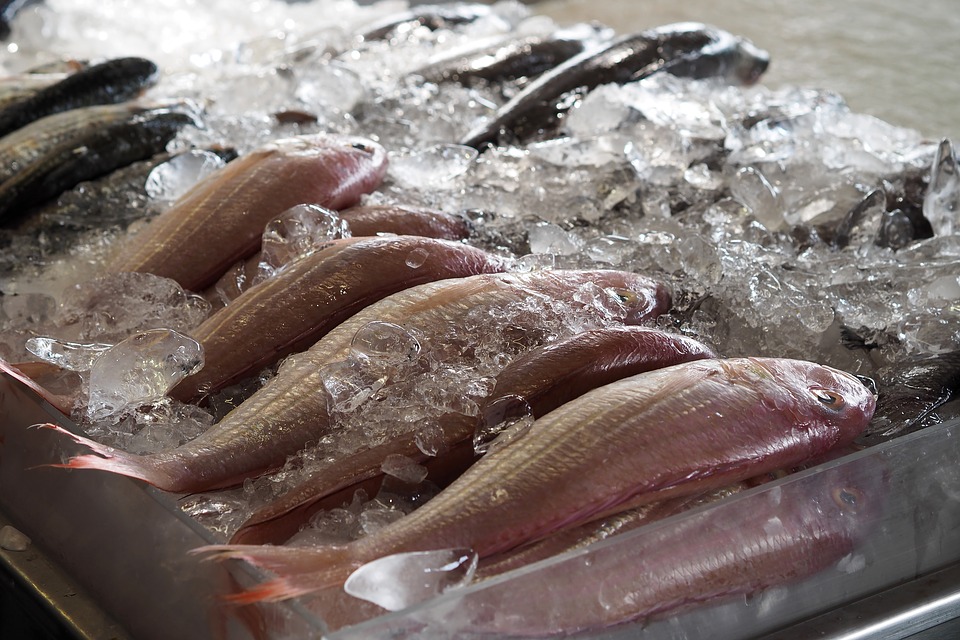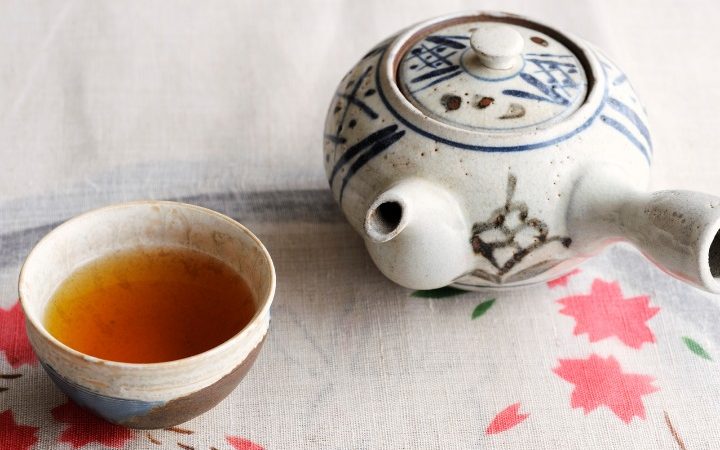This post is also available in:

When you think about Japan, what comes to mind? Sushi? Kimono? Or perhaps Japanese sake? As you may know, Japanese people love eating fish, and fish is part of the daily diet of many Japanese individuals. When you go to the supermarket, you will find fresh fish on sale. In addition, people in Japan eat fish because it is commonly available, but they eat fish for its health benefits.
If you’re also a big fan of eating fish or are open to the idea of trying fish while you’re staying in Japan, knowing how to distinguish between fresh or stale fish is a must!
This article will show you how to find some of the freshest fish for your dinner.
1. Think “Beautiful”
First of all, follow your intuition and look for the fish that looks “beautiful” at first sight. The fresh fish doesn’t have any milky, cloudy mucus but instead looks clean and shiny. Also, if you look carefully at the fish, check for scales that are still intact. Most fresh fish have little to no damage to their body.
2. Clear Eyes
Checking fishes’ eyes is one of the most popular methods that Japanese people use to check the freshness of a fish. This method is so widely known that even those who know little about fish know about this method. If you look at the fishes’ eyes and they have clear, sparkly eyes, this means they have most likely just arrived from the ocean. On the other hand, stale fish may have red eyes that appear cloudy.
3. Clear, Red Gills
It may be difficult to check the gills of a fish if it is cold already and wrapped in plastic at the supermarket (I will tell you how to check at the supermarket below). However, if you’re going to buy fish at the fish market or a fish store, make sure to check its gills.
Try to turn over the fishes’ gills with clean fingers or ask a store assistant to help you out. By doing this, you can see vivid red flesh if the fish is really fresh. Fish past their peak have dark red or even nearly black flesh.
4. Resilience
If acceptable, try to hold the fish by the tail in your hands and see if the fish looks slump or bends. If the fish keeps its straight shape, then it is fresh. Or you can try to touch the fish’s stomach instead. If it feels firm, this means the fish is fresh enough. If the stomach is soft, the fish is likely going bad already.
5. The Smell
Did you know that fresh fish don’t smell that much? If you move closer to the fish to smell it and find it doesn’t give off a certain fishy odour, then it’s fresh. However, if the fish is no longer fresh, you can smell a fishy odour right from the entrance. You will also smell the blood from the fish.
6. How to Find Fresh Fish at the Supermarket
If you’re in Japan, you may know it’s quite common to buy fish at the supermarket. However, it can be difficult to identify which fish are fresh when they’re all displayed nicely in the supermarket.
Don’t worry; there is a small trick to find out the freshness of a fish here as well. In addition to my advice above, follow these as well:
・Take the fish from where it was placed and give it a closer look. Try to look at the fish’s sparkle and freshness.
・Look at where you picked up the fish. Try to see if there is no residue from the fish. The residue contains the flavour of the fish and so if there is residue, the fish no longer has a good taste.
Now you know more about how to find fresh fish and what to avoid when shopping for fish.

